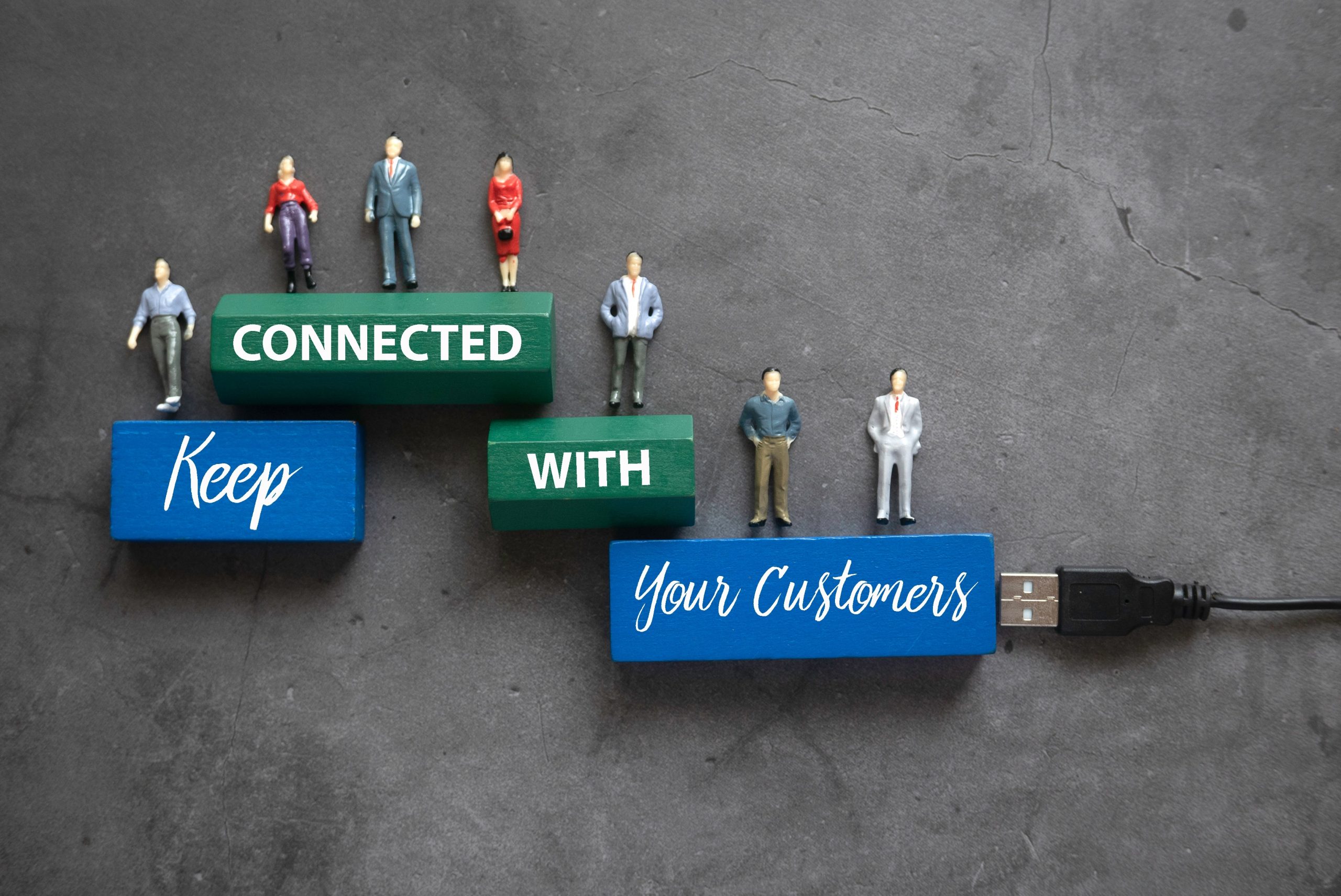
How to create a Customer-Centric Strategy for your business?
A customer-centric strategy is focused on offering an optimistic customer experience both before and after the commencement of sales. The main goal of this is to enhance customer loyalty, drive repeat business and thereby contribute to the growth of the business.
So, a customer-centric organization should provide much more than offering good customer service.
Some of the best examples of customer-centric brands involve Zappos and Amazon. Their strategy is to focus on customer needs.
They are always committed to delivering authentic customer value. Zappos can even terminate employees if they fail to show a customer-centric approach.
As per CMO Council, about 14% of marketers consider customer-centricity to be the main trait of their organizations.
But, you need to devote a lot of time to make your customer-centric strategy successful.
Let’s find out the best ways in which you can create an effective customer-centric strategy for your organization.
What Is Customer-Centric?
This is an important strategy of business that places the customer in the first position and at the heart of your organization for building long-term relationships and providing them with a positive experience.
All that you need is to place your customer at the center of your organization and effectively coalesce it with CRM. This will help you to gather data that contributes to providing a complete 360 view of the customer. You can use this data for enhancing the experience of your customer.
For example,
- You can discover new opportunities for creating services, products as well as promotions for your loyal customers.
- Again, you can focus on using customer data for a clear understanding of the buying behavior, engagement, and interests.
- For segmenting customers based on top spenders, you can consider using customer lifetime value.
It is evident from research conducted by Deloitte and Touché, that the organizations which show a customer-centric approach were 60 percent more profitable than those who did not show a customer-centric approach.
Top Practices To Follow For Transforming Into A Customer-Centric Organization
Here are given some of the best practices that you should focus on following for achieving better customer-centricity.
- Giving Priority To Relationships
You should never consider customers as numbers and measure and analyze them in a revenue performance report. They are real people and so, you should focus on building a good relationship with them.
- Hiring For The Success Of Your Customer
Employees always play a great role in shaping many of the experiences with customers. Irrespective of their role, the main focus should be to hire talent who are aligned with customer-centric thinking.
Also, the employee, you hire should give priority to the customer experience at your business.
- Connecting Organization Culture To The Customer Outcomes
A customer-centric strategy is something that plays a great role to motivate the employees. This is applicable whenever it is possible to link actions with the outcomes. For example, effective strategies contribute to reducing the waiting time of the customer.
It also makes transitions much easier for a customer. So, you would be able to capture this in real-time for highlighting successful strategy implementation.
- Democratizing Customer Data
If you focusing to adopt a new customer-centric strategy, then it needs centralized access to customer data and insights.
Also, in this regard, you can have a better understanding of your customers with the help of a CRM database. This also provides you with a unified front that contributes to delivering a better customer experience.
Best Ways To Evaluate The Success Of A Customer-Centric Organization
Every company follows a completely different customer success metric for measuring its customer-centricity. Among these, the three significant ones which you should focus on monitoring involves:
- Customer Lifetime Value Or CLV
- Net Promoter Score
- Churn Rate
- CLV Or Customer Lifetime Value
The most important asset of a customer-centric organization is its customer base. CLV measures the amount of revenue that a customer contributes to your business.
All that you need is to calculate CLV for understanding why it makes sense to invest in keeping your customers.
- Net Promoter Score
NPS or Net Promoter Score helps to measure customer happiness. With the help of this, you can find whether your customers are happy with your business or not. This focuses on finding out customer loyalty by asking a simple question.
Every time a customer responds to this question, the answer is segmented based on predefined criteria such as detractors (0-6), passives (7-8), and promoters (9-10). If you have more promoters, your business will be healthier.
- Churn Rate
Nowadays, it is becoming very difficult to acquire new customers. Due to this reason, more companies are focusing to keep their existing customers instead of finding new ones. In this case, a very important role is played by the churn rate.
The churn rate is a business metric that calculates the number of customers who leave a product over a certain period, divided by the total remaining customers. Calculating the churn rate will help you to understand your customers well.
Final Words
So, it is evident from the above-mentioned section that the move towards a customer-centric business is a long and intricate process. But, it is possible to achieve your objectives by making small changes to processes and policy.
If your business is finding any difficulties to adopt a customer-centric approach, then you can take the help of professional business management consulting agencies. They will ease out the overall process for your business.